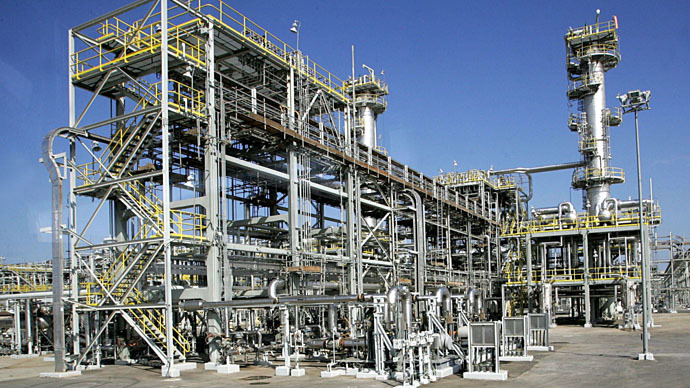Saudi Arabia cut 2014 oil deliveries to Asia, as China loses steam

Saudi Arabia, the world's biggest crude oil exporter, cut shipments overseas by 5.7 percent in 2014 following a decline in demand from China, its largest customer.
Saudi Arabian exports were estimated at 7.11 million barrels a day in 2014, down from an 11-year high of 7.54 million barrels a day in 2013. The volume of overseas shipments is the lowest in three years, according to the Joint Organizations Data Initiative. In December, exports dropped five percent month-to-month to 6.9 million barrels a day.
Falling demand for oil became one of the factors posing risk to Saudi Arabia’s leading position in the oil market. To protect its share, the Saudis have been aggressive in giving the largest discounts to Asian customers in more than a decade.
READ MORE: Saudi Arabia makes record oil discount for Asia
Another reason for Saudi concern is Russia’s increasing oil supplies to Asia. Russia increased its sales to China, Japan and South Korea by 25 percent in 2014.
READ MORE: Russia steps up oil supplies to Asia
The Saudi government is more interested in keeping market share rather than cutting production to inflate prices. The policy largely contributed to current oversupply, which in turn led to a steep fall in oil prices that have lost more than 50 percent since summer 2014.












